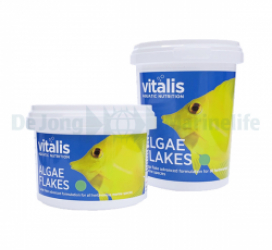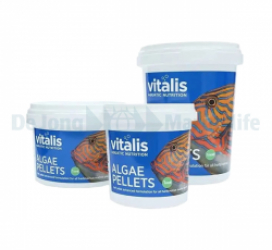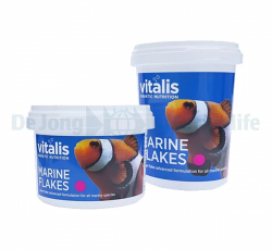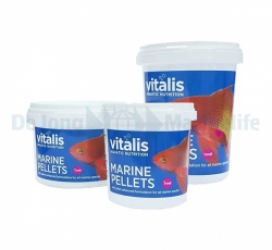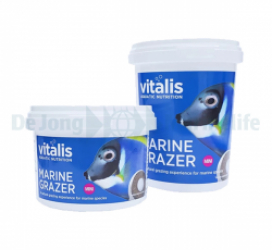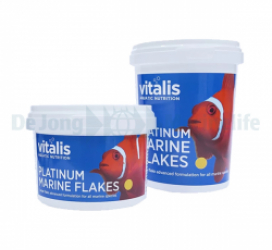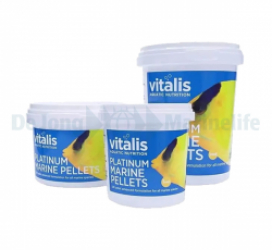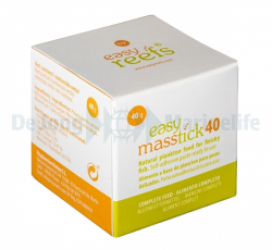Amphiprion polymnus
Amphiprion polymnus, commonly known as the Saddleback clownfish, is a small/medium anemonefish from the saddleback complex. This is the perfect anemonefish for anyone looking for something different, but who is not into the 'designer' variants and wants a wild form. A. polymnus is quite variable in color and pattern. The most common form is rusty orange with a broad white band just behind the eyes and a saddle-like pattern on the back and second dorsal fin. Their caudal fin also has a broad white edge, The other morph is very dark, sometimes even black, with a yellowish-orange faceFound in silty areas, the Saddleback Clownfish has two colour morphs: the most common is usually rusty orange with a broad white band on the head, a broad saddle-like marking or band on the back and soft dorsal fin, and a broad white margin on the caudal fin. The other morph is dark-bodied with all the white markings being a little less broad. The face is often yellow to orange and the edges of the pectoral fins are yellow as well.
These anemonefish can best be kept as a pair. When buying a pair you don't need to worry about male or female because these fish are hermaphroditic. This means the most dominant fish will automatically turn into the female when there is no other female around. Food wise, these fish are easy to feed. They're omnivores and will eat almost anything you offer. Just make sure they receive a balanced diet of live/frozen food and be sure to include some good quality pellets or flakes. These fish may have a hard time settling in an aquarium with aggressive fish, so it's best to introduce these fish before other more aggressive fish are introduced.
As long as no predators are around (which usually isn't the case in our aquaria), there is no need to add an anemone. They might find shelter in another large polyp coral or just hang around a certain rock. If you want to see the symbiotic relationship they've with their host in nature it's best to buy a Heteractis crispa, Macrodactyla doreensis or Stichodactyla haddoni, because those are the anemones it's associated with in the wild.
Icons meaning
Documents
Lorem ipsum dolor sit amet, consectetur adipisicing elit. Ab blanditiis commodi earum error exercitationem fuga harum, id illo itaque labore minima molestiae molestias praesentium quasi quidem quisquam ratione repellendus velit.
Documents
Lorem ipsum dolor sit amet, consectetur adipisicing elit. Ab blanditiis commodi earum error exercitationem fuga harum, id illo itaque labore minima molestiae molestias praesentium quasi quidem quisquam ratione repellendus velit.
Documents
Lorem ipsum dolor sit amet, consectetur adipisicing elit. Ab blanditiis commodi earum error exercitationem fuga harum, id illo itaque labore minima molestiae molestias praesentium quasi quidem quisquam ratione repellendus velit.
| Home popular | No |
|---|---|
| Featured Products | No |
| Sale | No |
| New | No |
| Exclude from downloadable lists | No |
| Product Needs to appear in the sale widget | No |
| Child has discount | 0 |
| Availability | Common |
| Brand | Clownfish |
| Bagsize | 12 |
| Care level | Moderate |
| Food | Artemia, Mysis, Artemia nauplii, pellet food |
| max size | 13cm |
| Minimum tank size | ~300 liters |
| Origin | Cebu, Indonesia |
| Temperature range | 24 - 27 °C |
| Species type | Amphiprion polymnus |


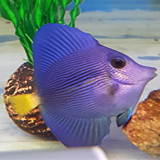 Tank Bred
Tank Bred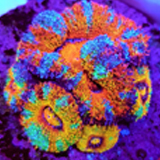 Cultured corals
Cultured corals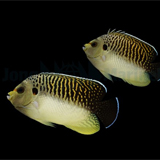 Marine Fish
Marine Fish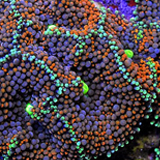 Soft Corals
Soft Corals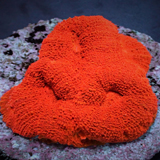 LPS Corals
LPS Corals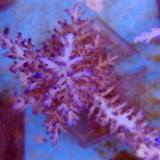 SPS Corals
SPS Corals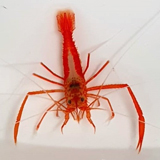 Inverts
Inverts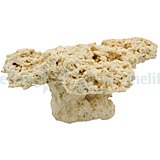 Rocks
Rocks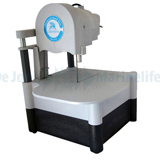 Products
Products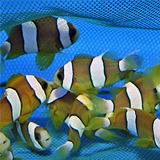 New arrivals
New arrivals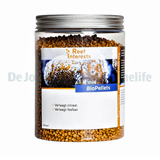 Outlet
Outlet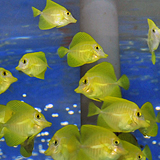 Special offer
Special offer
